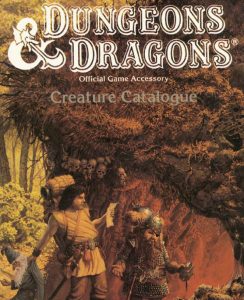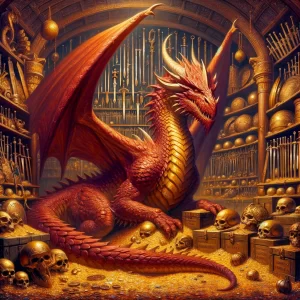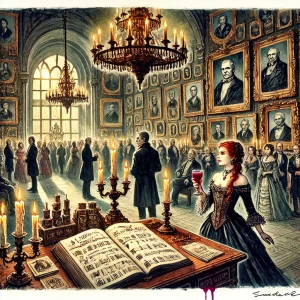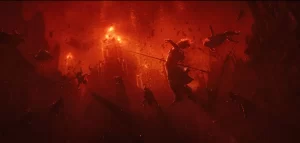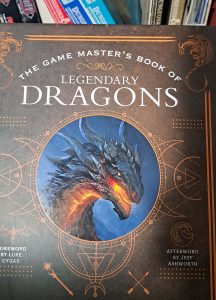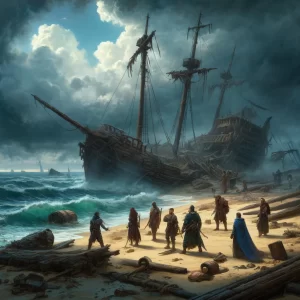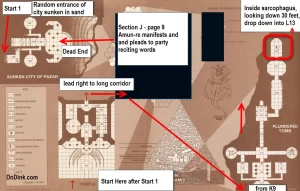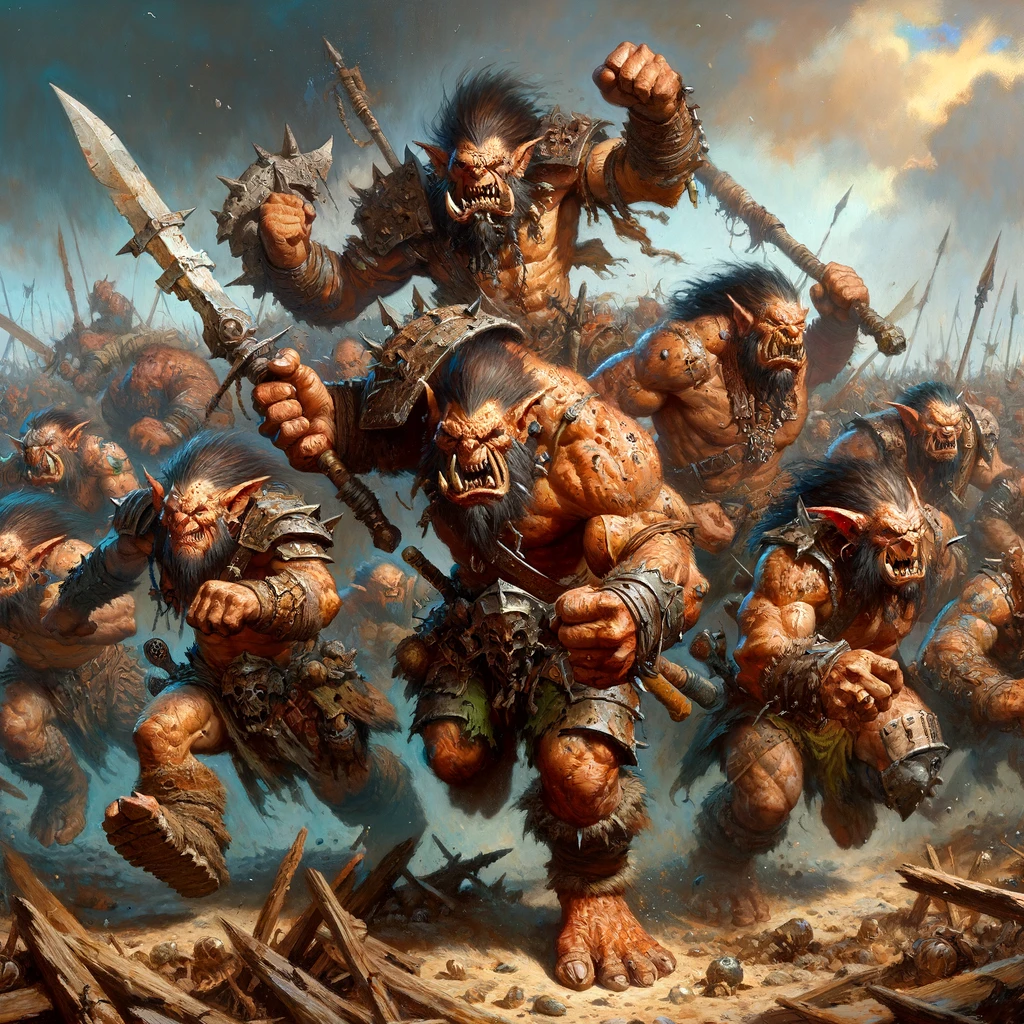
Hobgoblins embody the very essence of war. Born of bloodshed and honed by relentless conflict, they have risen to become the undisputed masters of the battlefield. Unlike their savage kin, they do not indulge in mindless violence. Instead, they wage war with a cold, methodical precision that is both chilling and awe-inspiring.
Within their formidable ranks, every hobgoblin knows its place, adheres to a strict code, and undergoes a grueling training regimen that would break lesser beings. Their infamous shield walls, an unyielding bastion of iron and flesh, have left even the most seasoned warriors trembling in terror. They are the very definition of martial prowess, executing battle formations such as Kraana, Jaashk, and Jaakja with a lethal efficiency that few can match.
Standing tall, their bodies chiseled from constant warfare, hobgoblins' leathery skin is marked by the dark hues of battle, and their eyes burn with an insatiable lust for conquest. They cultivate their appearance with great care, even their facial hair a symbol of status and dominance.
Their attire is a testament to their utilitarian nature; everything they wear is built for war. From their hobnailed boots, which have given them their name, to the armor worn by their leaders, every piece is designed for brutal efficiency.
But it is their treatment of slaves that truly exposes the hobgoblin's ruthless nature. In a society where power is everything, slaves exist only to serve their masters' every whim. Personal slaves, treated as less than animals, can only hope for a quick death, while public slaves are worked to exhaustion, their lives a ceaseless torment. The hobgoblins' deliberate cruelty knows no bounds, with beatings and death meted out as a matter of course, crushing any hint of rebellion.
Hobgoblin females, revered for their martial prowess, are considered prized possessions. They are an essential part of their society, breeding the next generation of merciless warriors. Even children are subjected to the brutal system of training known as Kraachka, 'the forging.' This horrific ordeal molds them into perfect soldiers, devoid of compassion and remorse.
Upon establishing a foothold in a new territory, hobgoblins ravage the land like a swarm of locusts, leaving nothing but desolation in their wake. Their fortifications, built with an efficiency that would astonish even the greatest engineers, spring up overnight, dominating the landscape.
They are pragmatic and calculated, not given to needless savagery unless it serves their purpose. Even in conversation, they are curt and dismissive, considering all other races as weak and inferior. Their language, harsh and direct, reflects their brutal nature.
The names they bear, short and sharp, echo across the battlefield like a death knell: Borkol, Daksh, Gorshk, Karsh. Each name a testament to a warrior born and bred for battle.
On the battlefield, hobgoblins function as one, a machine of death and destruction. Their formations are as fluid as they are deadly, their tactics a nightmare to behold. Should defeat loom, they do not flee in panic but withdraw with chilling discipline, ready to strike again.
In the face of such a foe, fear is not only expected; it is justified. For to face the hobgoblins is to stare into the very soul of war, to confront a race forged in battle and honed to perfection. They are not just warriors; they are war incarnate.
